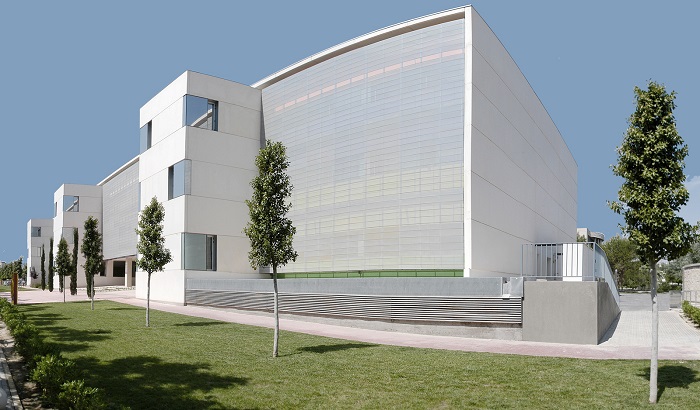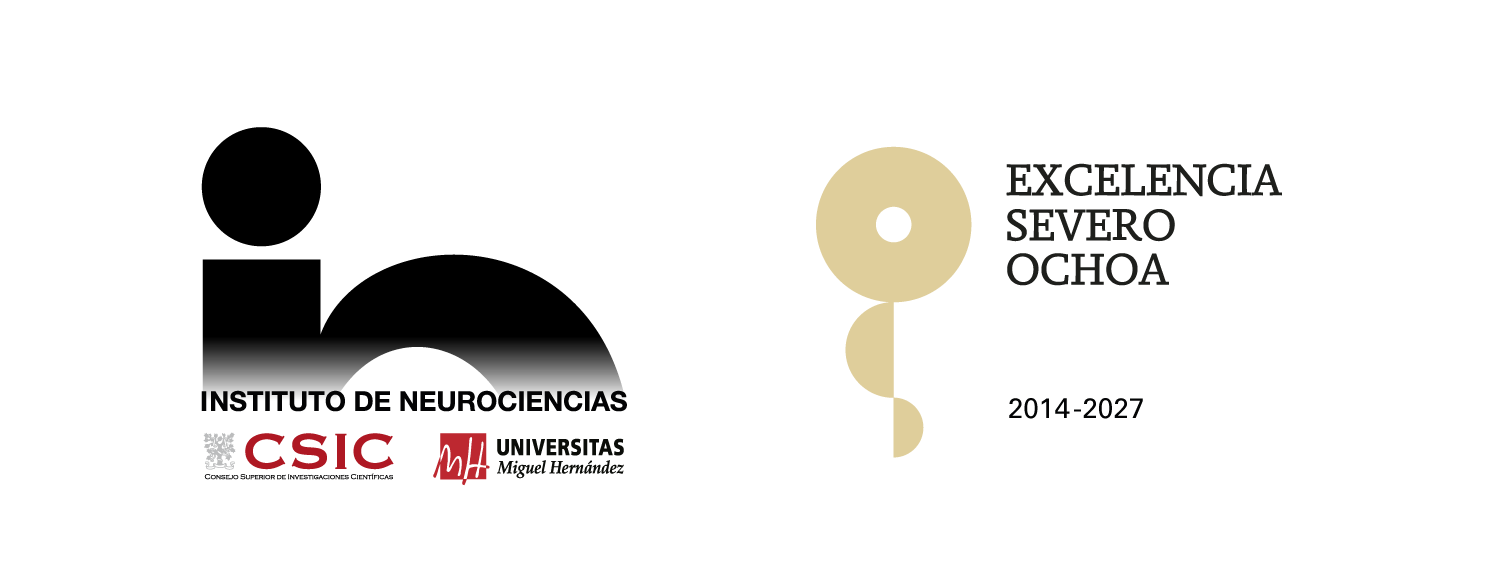Six researchers from the IN CSIC-UMH are among the most cited worldwide, according to the Stanford Ranking
30 de September de 2025

A total of 50 scientists affiliated with the Miguel Hernández University (UMH) of Elche have been recognized among the most cited researchers worldwide, according to the ranking compiled by Stanford University and the academic publisher Elsevier, based on data extracted from the Scopus bibliographic database. Six of them belong to the Institute for Neurosciences (IN), a joint center of the Spanish National Research Council (CSIC) and UMH.
This internationally recognized ranking evaluates the influence and impact of scientific output using advanced bibliometric indicators. Through the so-called C-index, the study considers not only the total number of citations received but also their quality, providing a more accurate assessment of researchers’ performance and scientific projection.
Being included in this ranking is an explicit recognition of research excellence and academic leadership, positioning UMH and the Institute for Neurosciences as international references across multiple scientific disciplines.
In the edition published in September 2025, two independent lists were produced: one reflecting cumulative career impact and another analyzing performance exclusively during 2024. In both cases, the 100,000 researchers with the highest C-index were selected, as well as all those in the top 2% percentile within their respective fields of knowledge.
The six IN researchers, along with their areas of expertise, are listed alphabetically:
Carlos Belmonte (Physiology), founder of the IN in 1990 and professor emeritus at UMH, is a pioneer in the study of ocular sensory physiology. He described the neural mechanisms of pain receptors in the cornea and conjunctiva, fundamental for understanding ocular nociception and conditions such as dry eye.
Víctor Borrell (Developmental Neurobiology), who leads the Neurogénesis and Cortical Expansion laboratory and the Scientific Program on Neural stem cell regulation and differentiation, has demonstrated how neuronal progenitors generate the expansion and folding of the cerebral cortex, unraveling processes that explain human brain evolution and the basis of neurological disorders..
Juan Lerma (Cellular and Systems Neurobiology), director of the Synaptic Physiology laboratory, where he discovered a subtype of glutamate receptors, the kainate receptors, and revealed their role in neuronal communication and synaptic plasticity, key findings for understanding epilepsy, schizophrenia, and other diseases.
Salvador Martínez (Human Anatomy and Embryology), who directs the Neurobiology of Mental, Neurodegenerative, and Neuro-oncological Diseases laboratory. His research has identified brain development alterations associated with psychiatric and neurodegenerative disorders and tumors, providing experimental models for their study and early diagnosis.
Ángela Nieto (Developmental Neurobiology), director of the Cell Plasticity in Development and Disease laboratory and the Scientific Program on Cell Plasticity in Brain Disease and Repair. An international reference in the study of epithelial-mesenchymal transition (EMT), she demonstrated its role not only in embryonic development but also in tumor progression and fibrosis, bridging developmental biology and translational medicine.
Félix Viana (Cellular and Systems Neurobiology), who leads the Sensory Transduction and Nociception laboratory and the Scientific Program on Neurobiology of Pain & Inflammation. He has characterized ion channels involved in detecting thermal and chemical stimuli, revealing sensory transduction mechanisms that generate pain, with implications for developing new analgesics.
The complete list and the methodology used can be consulted at the following link: https://elsevier.digitalcommonsdata.com/datasets/btchxktzyw/8
Source: UMH Communication Service (comunicacion@umh.es) / Institute for Neurosciences CSIC-UMH (in.comunicacion@umh.es)

 Español
Español